Linen is perhaps the worlds oldest textile and is derived from varieties of the Flax plant.
Here we take you on a sensory journey, describing the growing cycle, relaying the traditional stages of production and illustrating how this textile is manufactured today using sight, sound, smell and touch. With image, song, scent bottle and touch tray, we pick up the threads of cultural union that tie Scotland into Europe from plant to product.
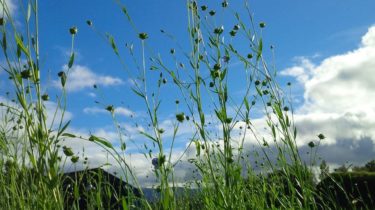
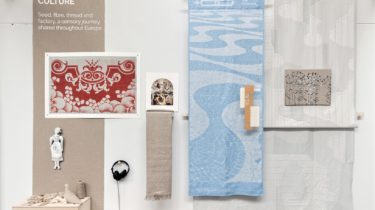
From the late eighteenth onwards, the Industrial Revolution began to change the face of the linen industry in Scotland and across Europe. What was once a cottage industry was replaced by work in linen factories. Men lost jobs as weavers on home looms, and women gained factory jobs keeping industrial looms running, at a much reduced equivalent wage.
Below you can see some of the artefacts in this section of Our Linen Stories core exhibition, presented with panels exploring this significant heritage.
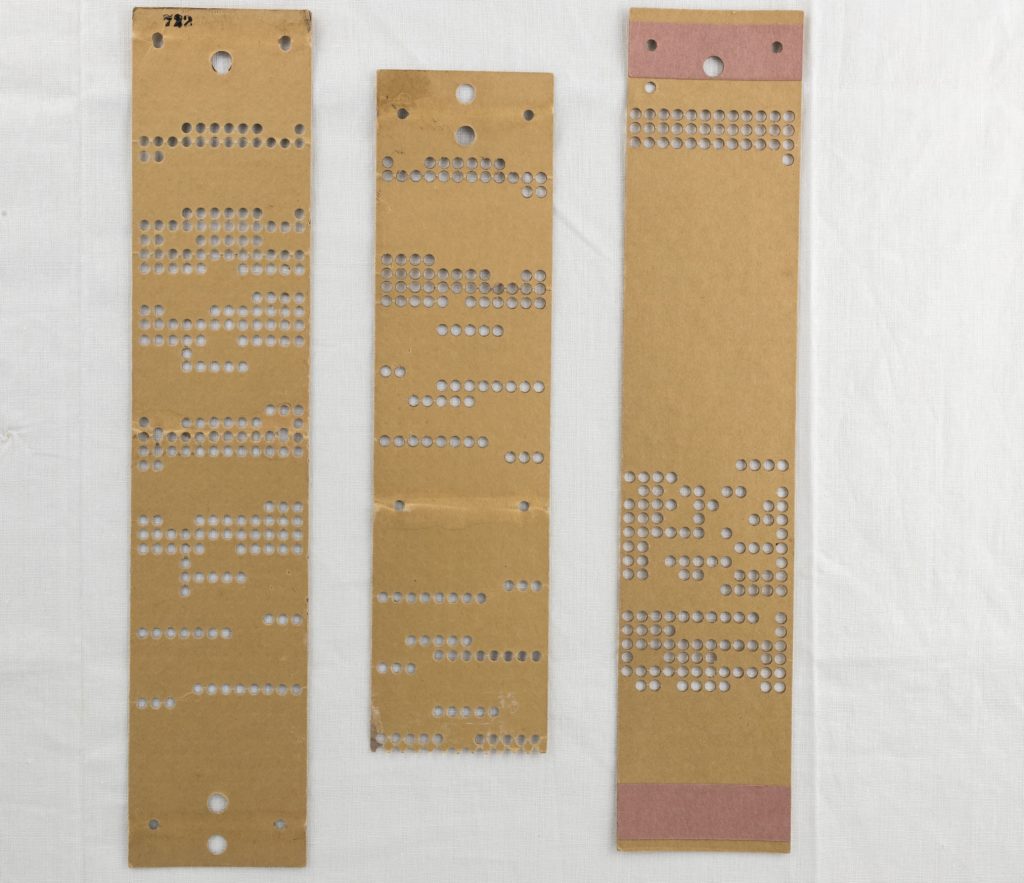
Hand Punch Cards – Hand loom punch cards from hand-operated hole punch device, offered for exhibition by Lisburn Museum
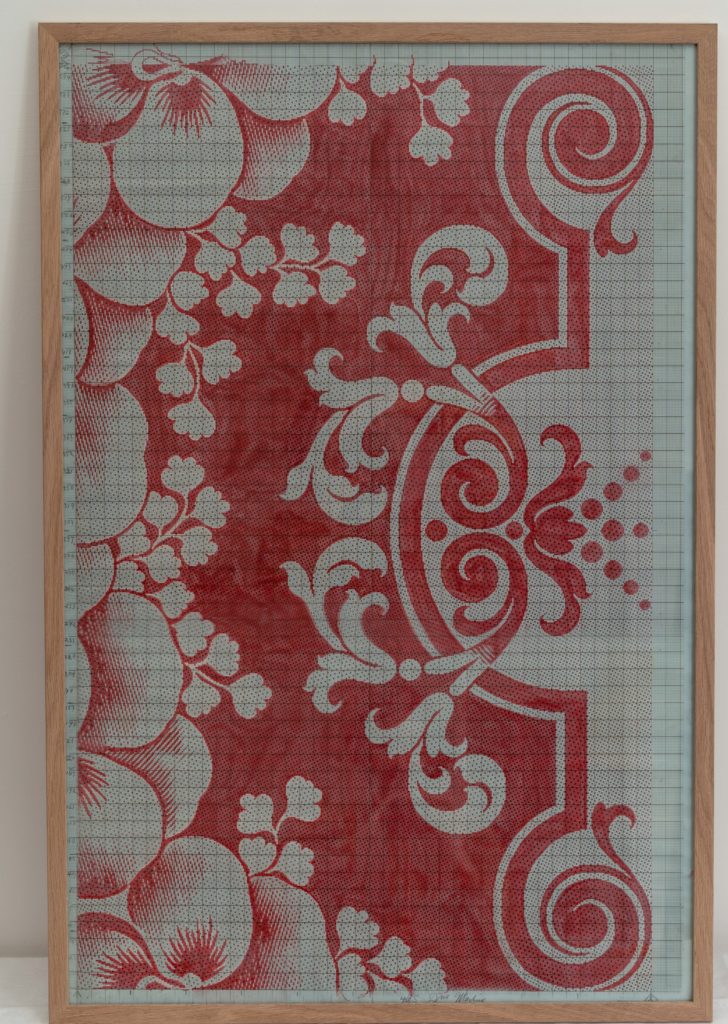
Point Chart – Damask point chart originating from Dumfermline, offered for exhibition by Fiona McKelvie of McBurnie and Black

Machine Punch Cards – Industrial loom 20 field general purpose punch cards offered for exhibition by Brenda Collins
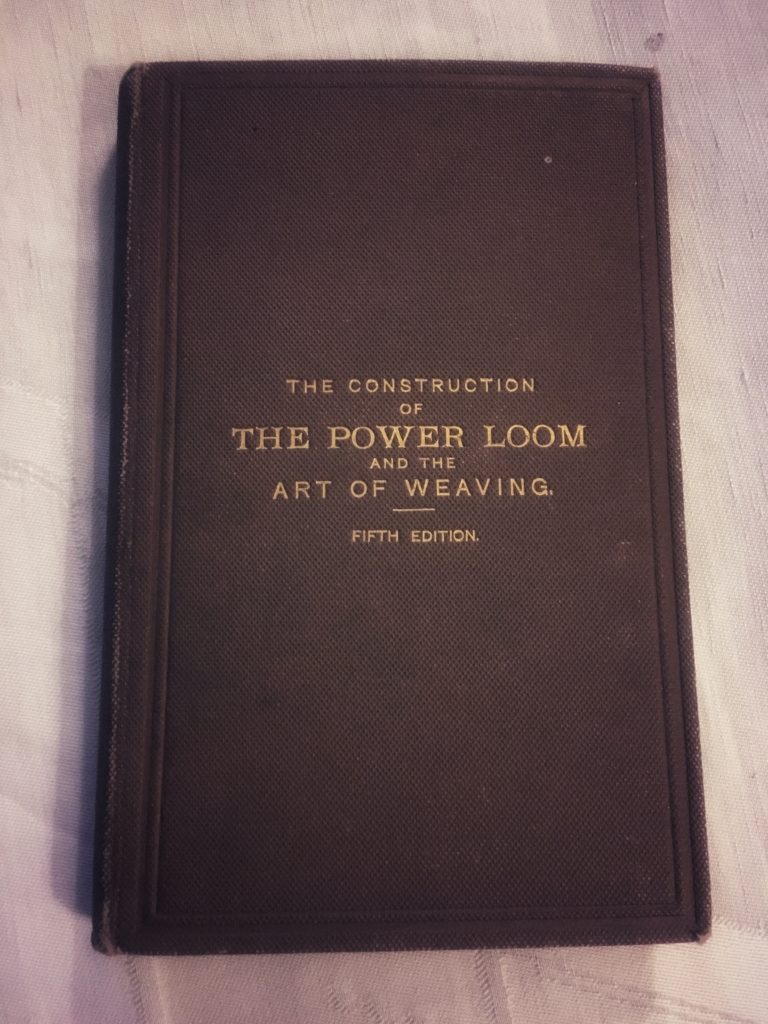
Art of Weaving – Book by Alex Brown. ‘A Practical Treatise of the Construction of the Power-loom and the Art of Weaving’ Pub. James P. Mathew & Co. Offered for exhibition by Angus Maclean